Strokes
Parts of a Chinese Character
The Chinese writing system, known as Hanzi, is one of the oldest and most fascinating writing systems in the world. It is a pictographic language with a history of thousands of years.
5 Basic Strokes
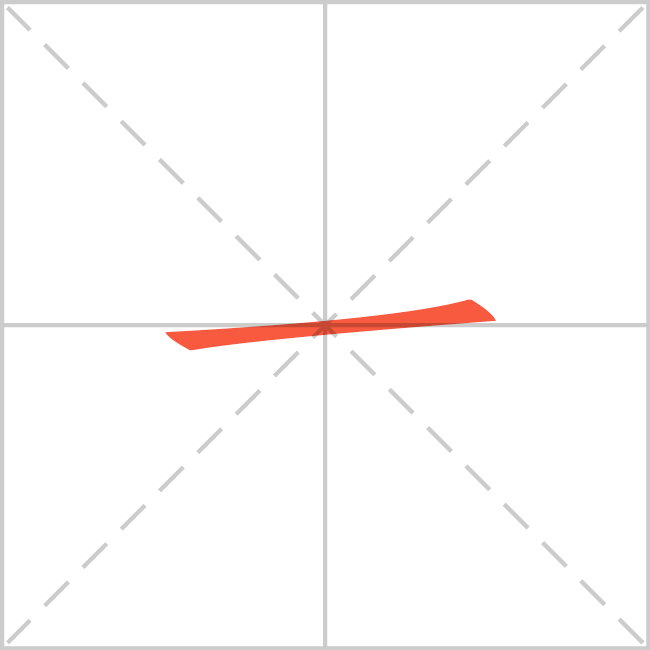
横 横héng
Horizontal stroke is the most common stroke in Chinese characters. It is executed by starting from the left side of the character and moving the brush horizontally to the right.
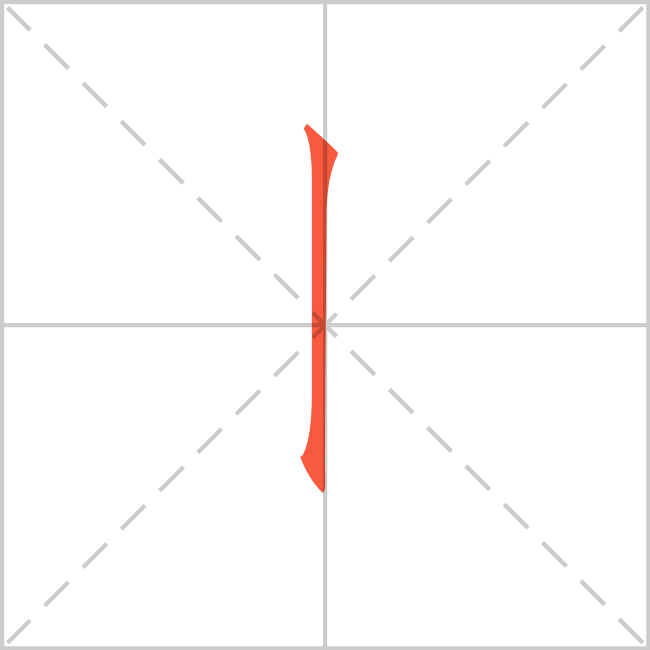
竖 竖shù
The vertical stroke is executed by starting from the top right corner of the character and moving the brush vertically downwards. It is used to create vertical lines or columns in Chinese characters.
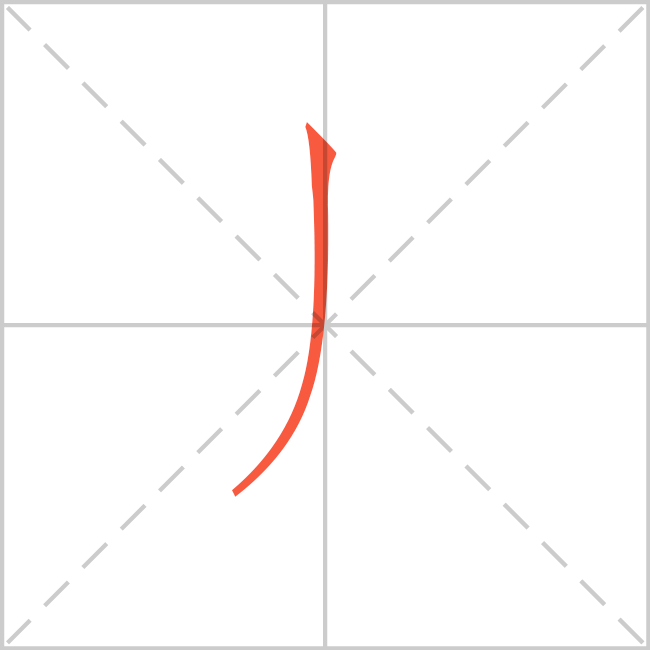
撇 撇piě
The Left Falling stroke is executed by starting from the top right corner of the character and moving the brush diagonally downwards and to the left. It is used to create diagonal lines or slanted strokes in Chinese characters.
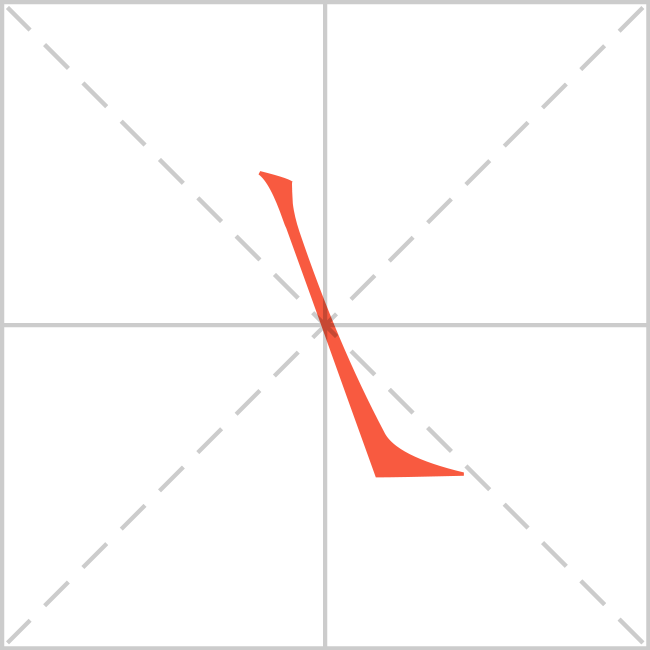
捺 捺nà
The Right Falling stroke is executed by starting from the center of the character and moving the brush in a circular motion. It is used to create circular or curved lines in Chinese characters.
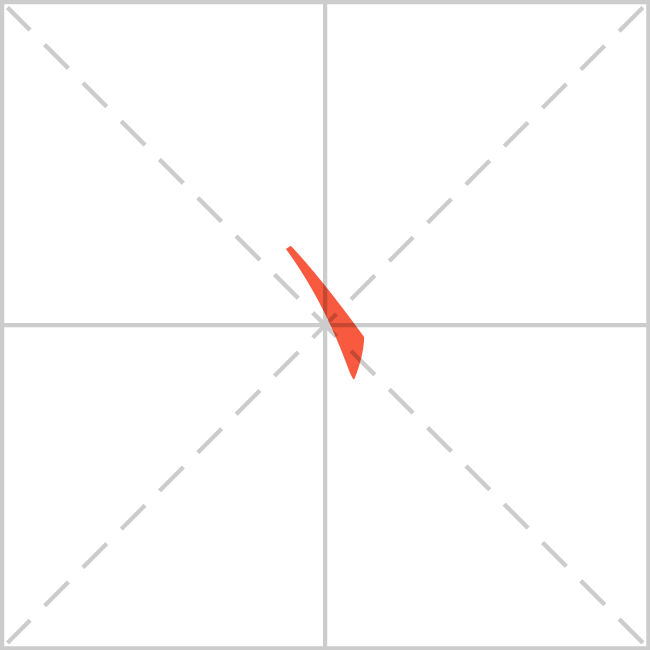
点 点diǎn
The dot stroke, also known as the "dotting stroke," is executed by starting from the center of the character and moving the brush in a small circle to create a dot. It is used to create dots or small circles in Chinese characters.
27 Other Strokes
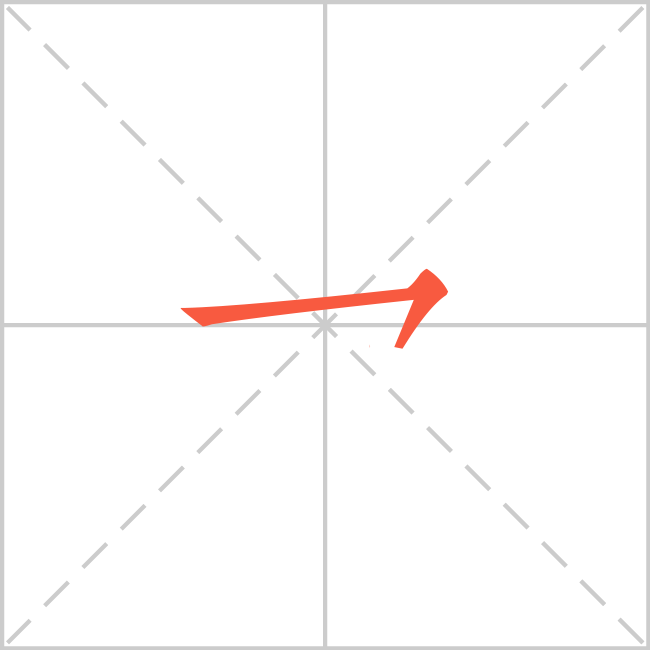
Horizontal hook
横钩 héng gōu
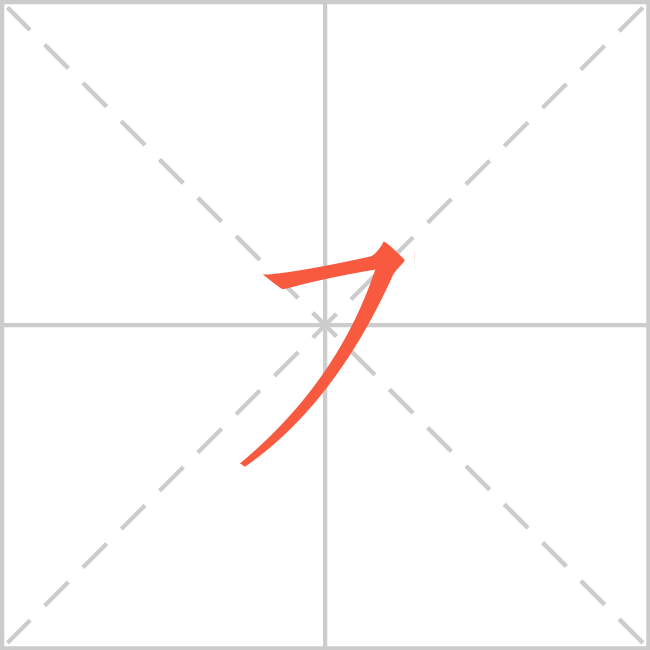
Left horizontal falling
横撇 hénɡ piě
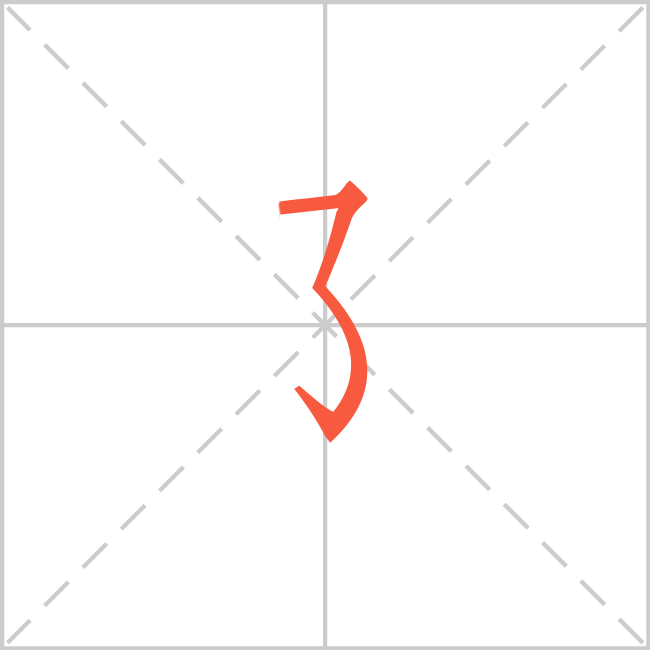
Horizontal with a left falling and a curve
横撇弯钩 hénɡ piě wān ɡōu
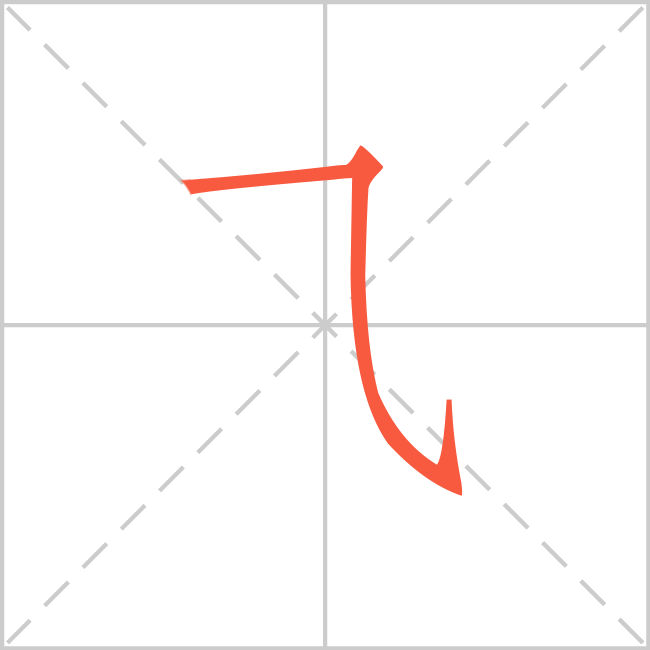
Horizontal with vertical upward turning
横斜钩 hénɡ xié ɡōu
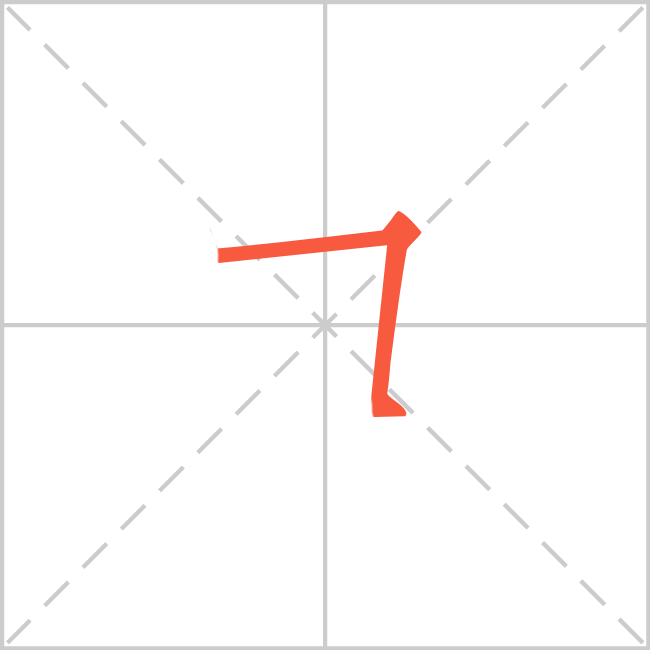
Horizontal turning
横折 hénɡ zhé
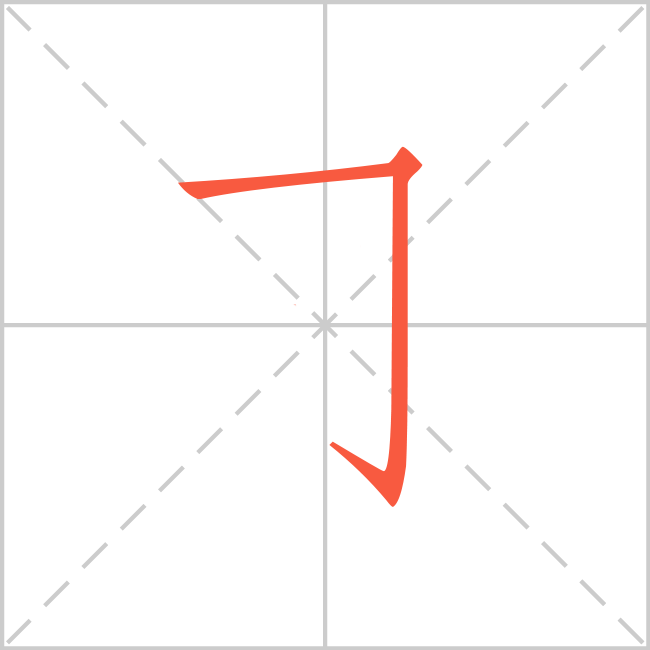
Horizontal turning with a hook
横折钩 hénɡ zhé ɡōu
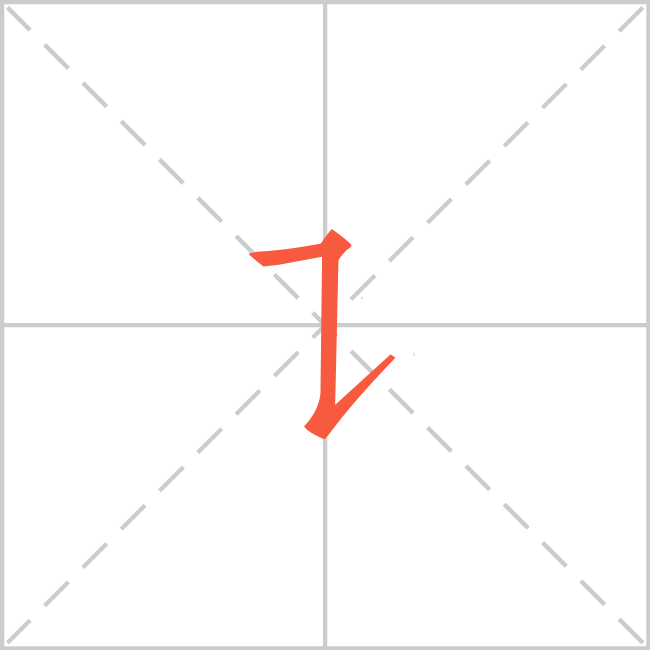
Horizontal turning with a rising
横折提 hénɡ zhé tí
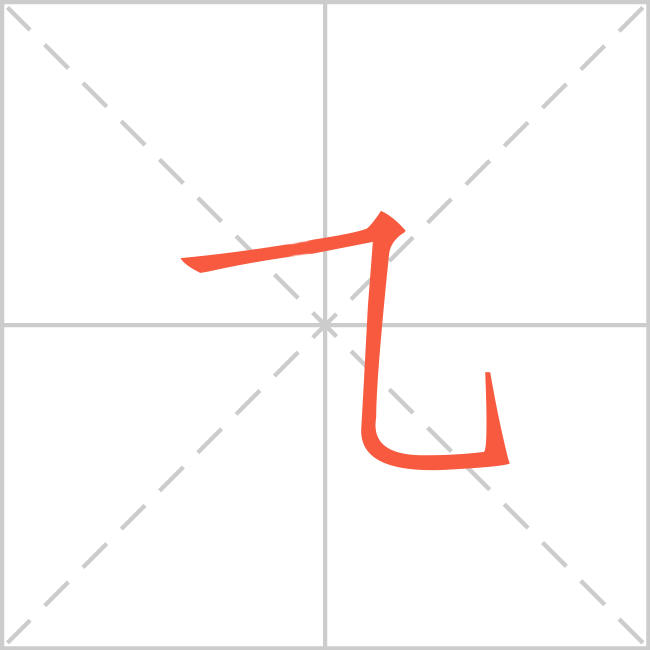
Horizontal bending with an upward hook
横折弯钩 hénɡ zhé wān ɡōu
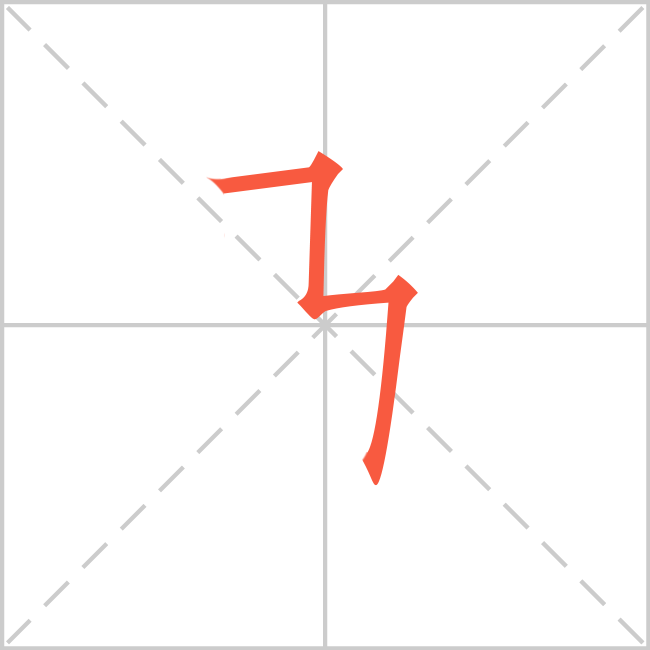
Horizontal and redoubled turning
横折折折 hénɡ zhé zhé zhé
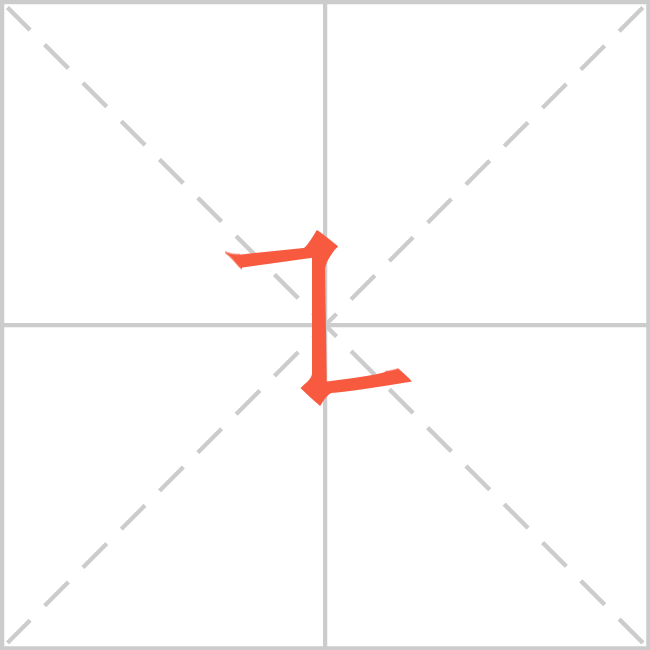
Horizontal and redoubled turning
横折折 hénɡ zhé zhé
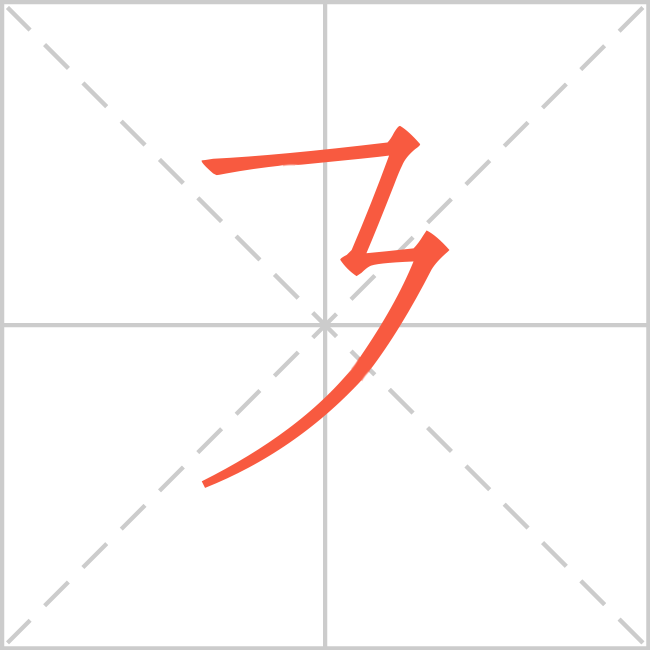
Horizontal and redoubled turning with a left falling
横折折撇 hénɡ zhé zhé piě
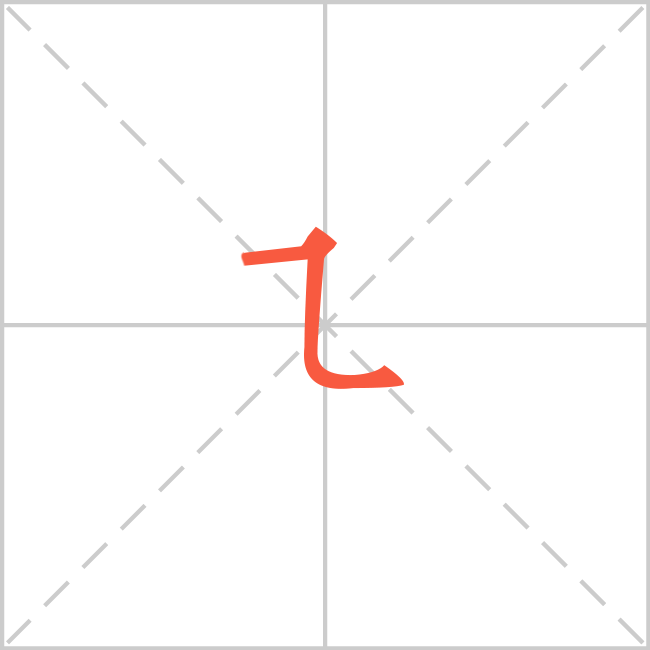
Horizontal turning with a curve to the right
横折弯 hénɡ zhé wān
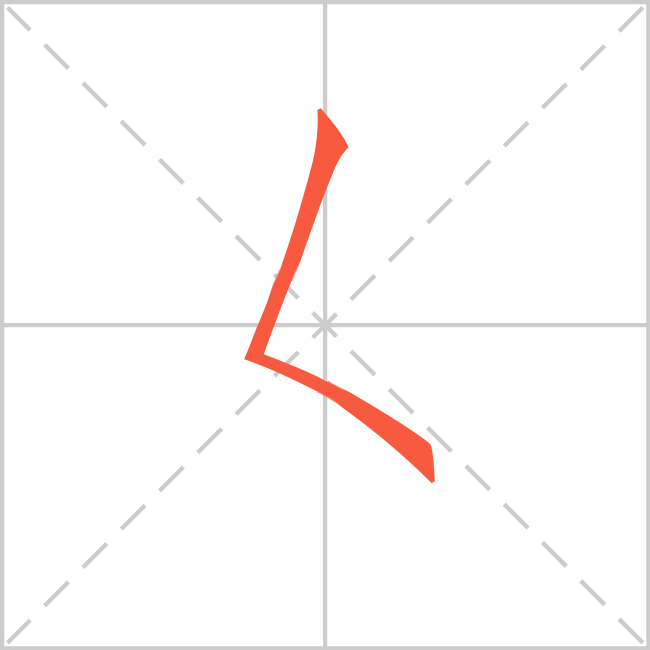
Left-falling dot
撇点 piě diǎn
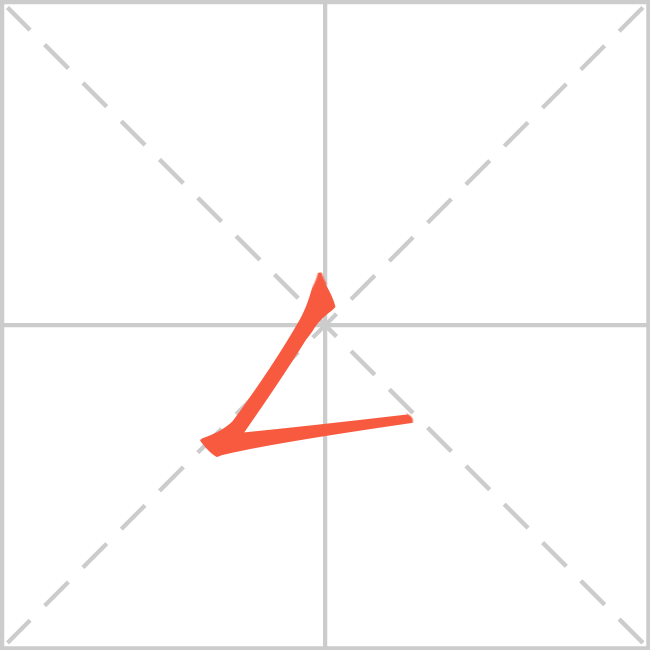
Left-falling turning
撇折 piě zhé
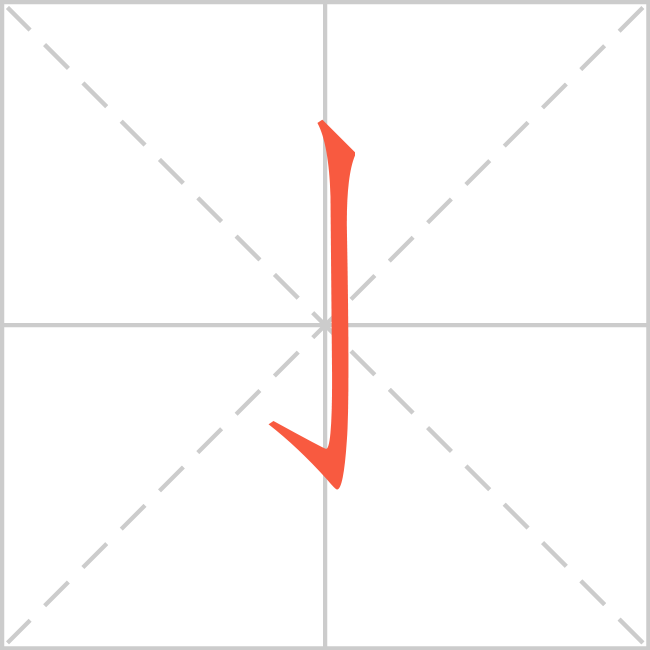
Vertical hook
竖钩 shù ɡōu
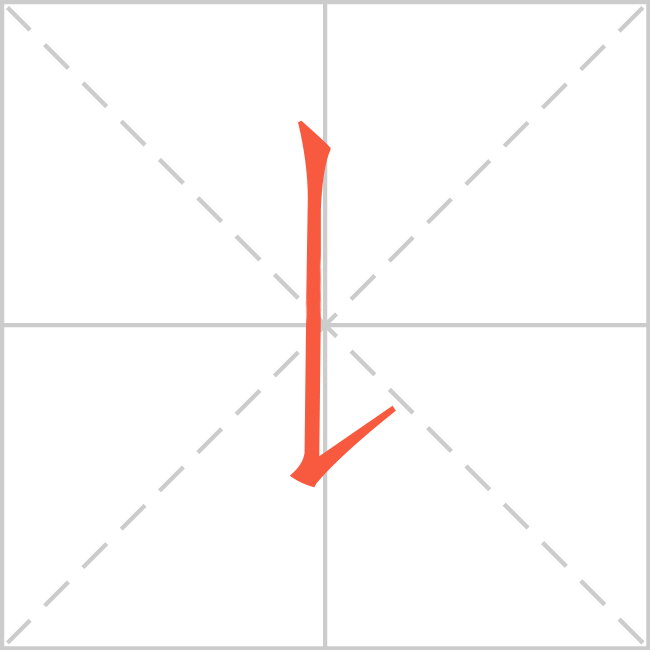
Vertical-rising
竖提 shù tí
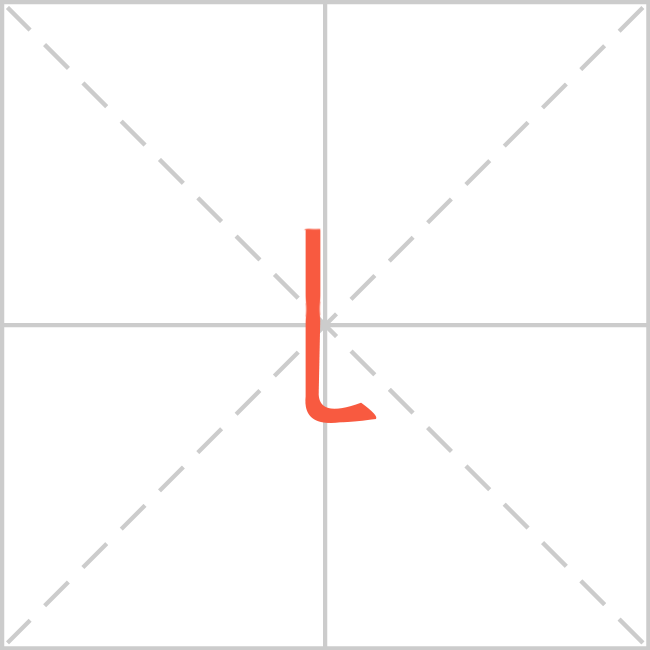
Vertical turning
竖弯 shù wān
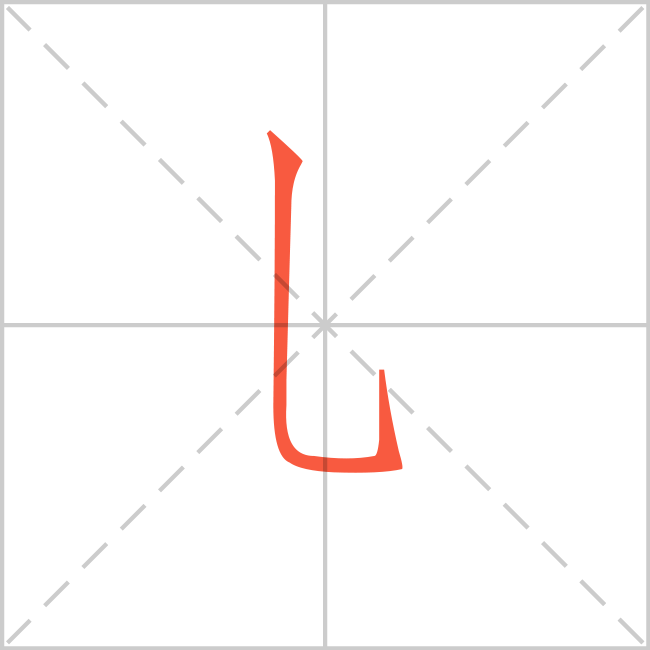
Vertical upward turning
竖弯钩 shù wān ɡōu
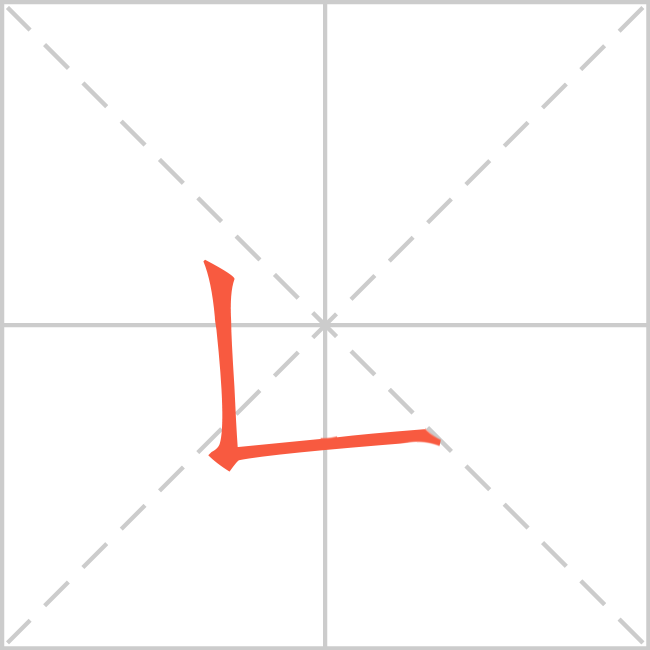
Vertical turning to the right
竖折 shù zhé
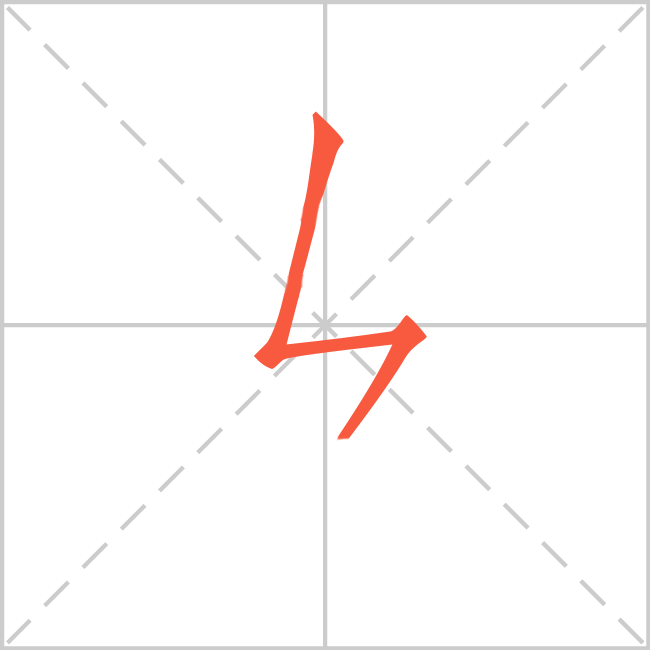
Vertical turning with a left falling
竖折撇 shù zhé piě
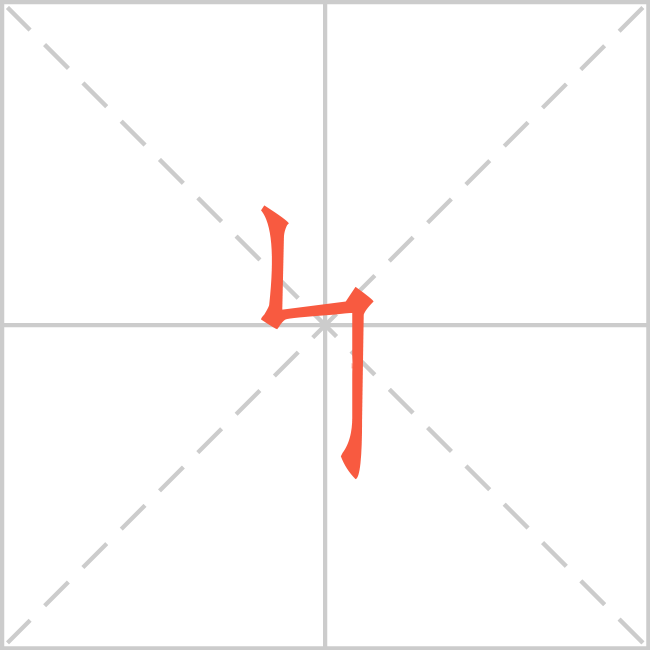
Vertical and redoubled turning
竖折折 shù zhé zhé
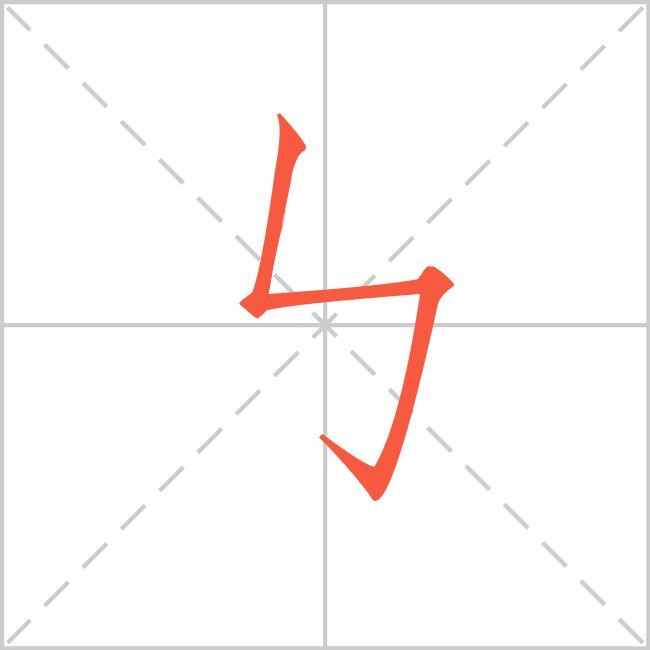
Vertical and redoubled turning with a hook
竖折折钩 shù zhé zhé ɡōu
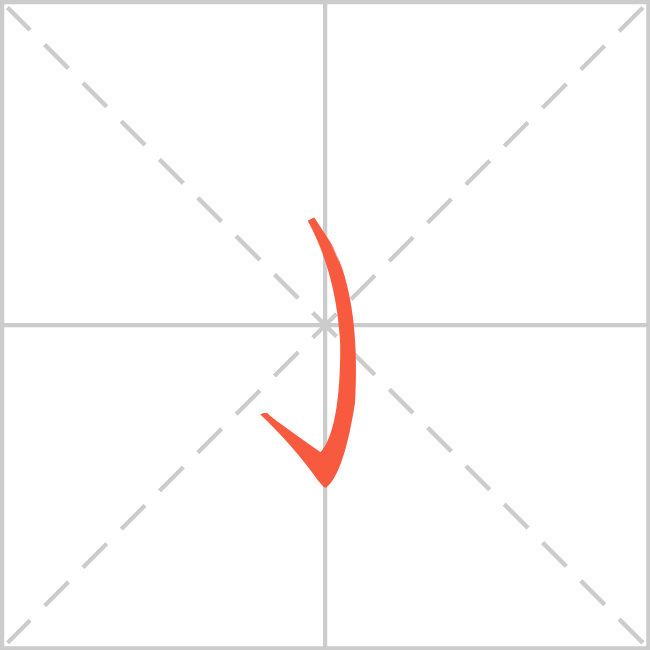
Curved hook
弯钩 wān ɡōu
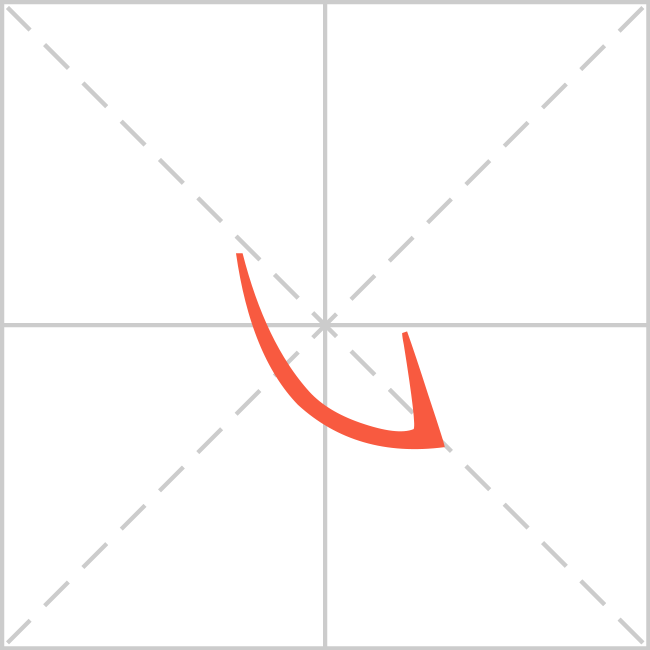
Lying hook
卧钩 wò ɡōu
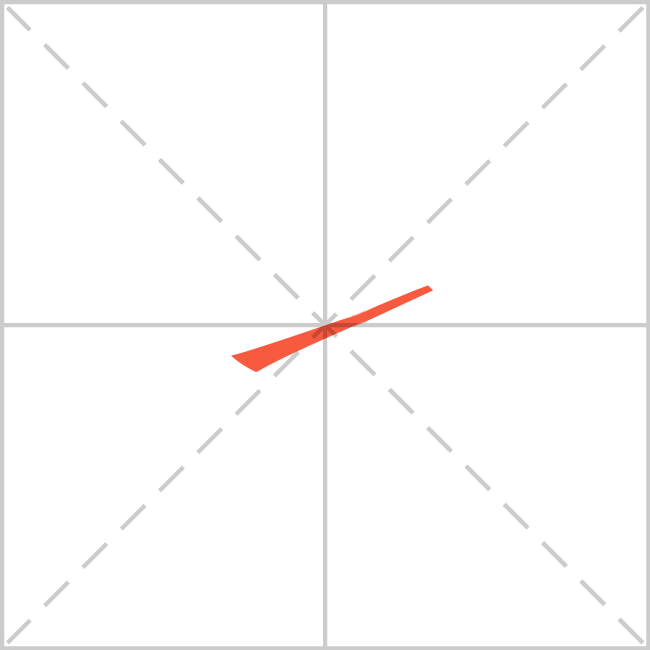
Rising stroke
提 tí
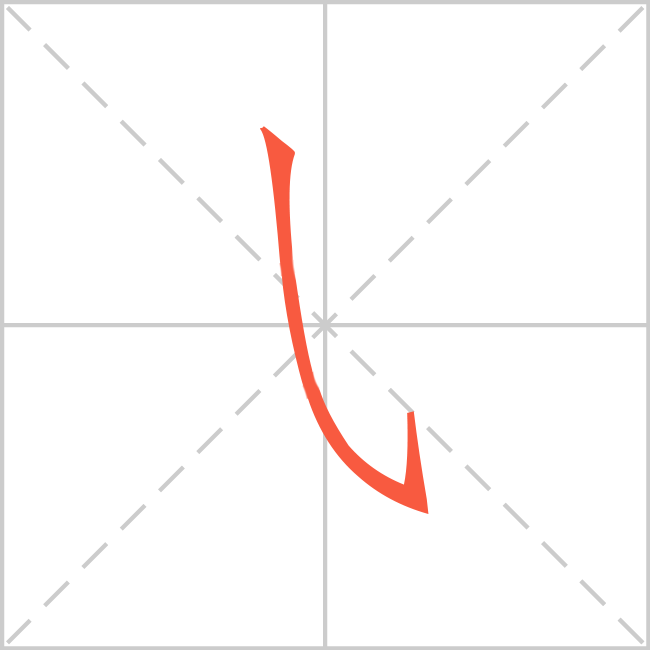
Slant hook
斜钩 xié ɡōu
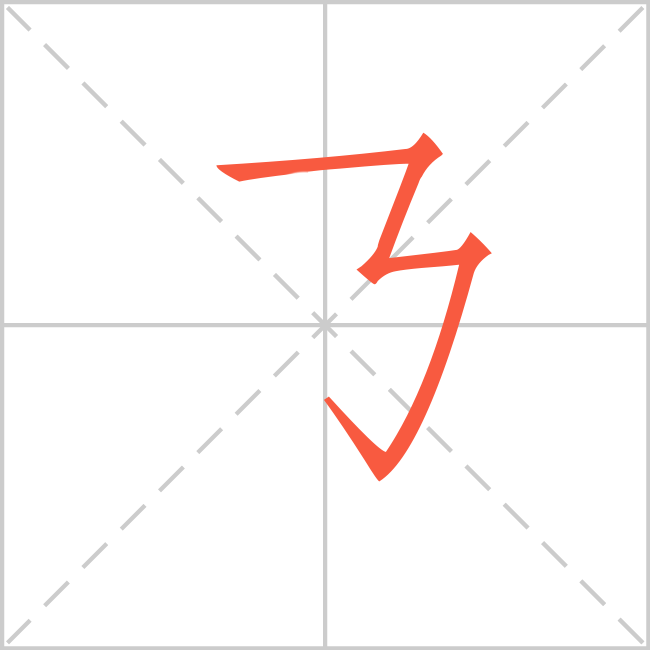
Horizontal and redoubled turning with a hook to the left
横折折折钩 hénɡ zhé zhé zhé ɡōu
Stroke Order
The Chinese writing system, known as Hanzi, is one of the oldest and most fascinating writing systems in the world. It is a pictographic language with a history of thousands of years. Unlike alphabetic languages, Chinese characters represent syllables, words, or even phrases, each with its unique structure and meaning. One of the most distinctive features of Chinese characters is their stroke order, which refers to the sequence of brushstrokes used to create each character.
Stroke order plays a crucial role in Chinese calligraphy and handwriting. It helps to create characters with balance and aesthetics, and following the correct stroke order can make characters easier to read and write. In China, children are taught the stroke order of Chinese characters in primary school, and it is considered an essential part of their education.
Example:Stroke order of character “好”
1
2
3
4
5
6
Following the correct stroke order is crucial for writing Chinese characters correctly and beautifully. It helps to create a sense of balance and harmony in the characters, and it also makes the characters easier to read and understand.
The Chinese writing system is a unique and fascinating language with a rich history and culture. The stroke order of Chinese characters is an essential aspect of the language, and it plays a crucial role in Chinese calligraphy and handwriting. Mastering the correct stroke order requires practice, dedication, and a deep understanding of the language and its cultural context.